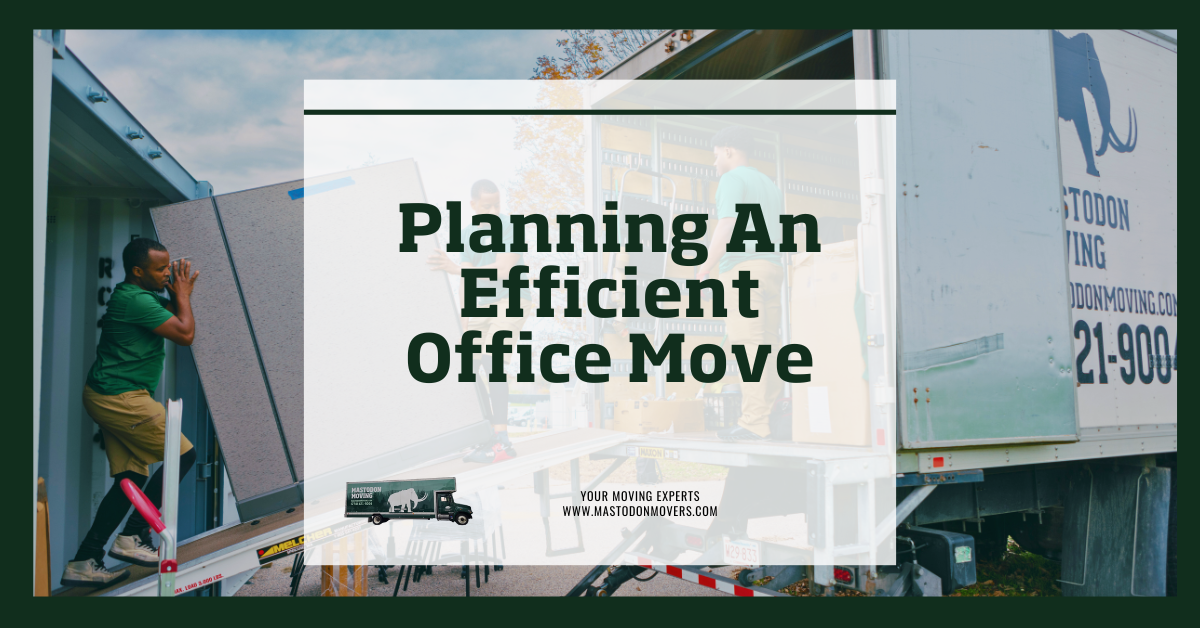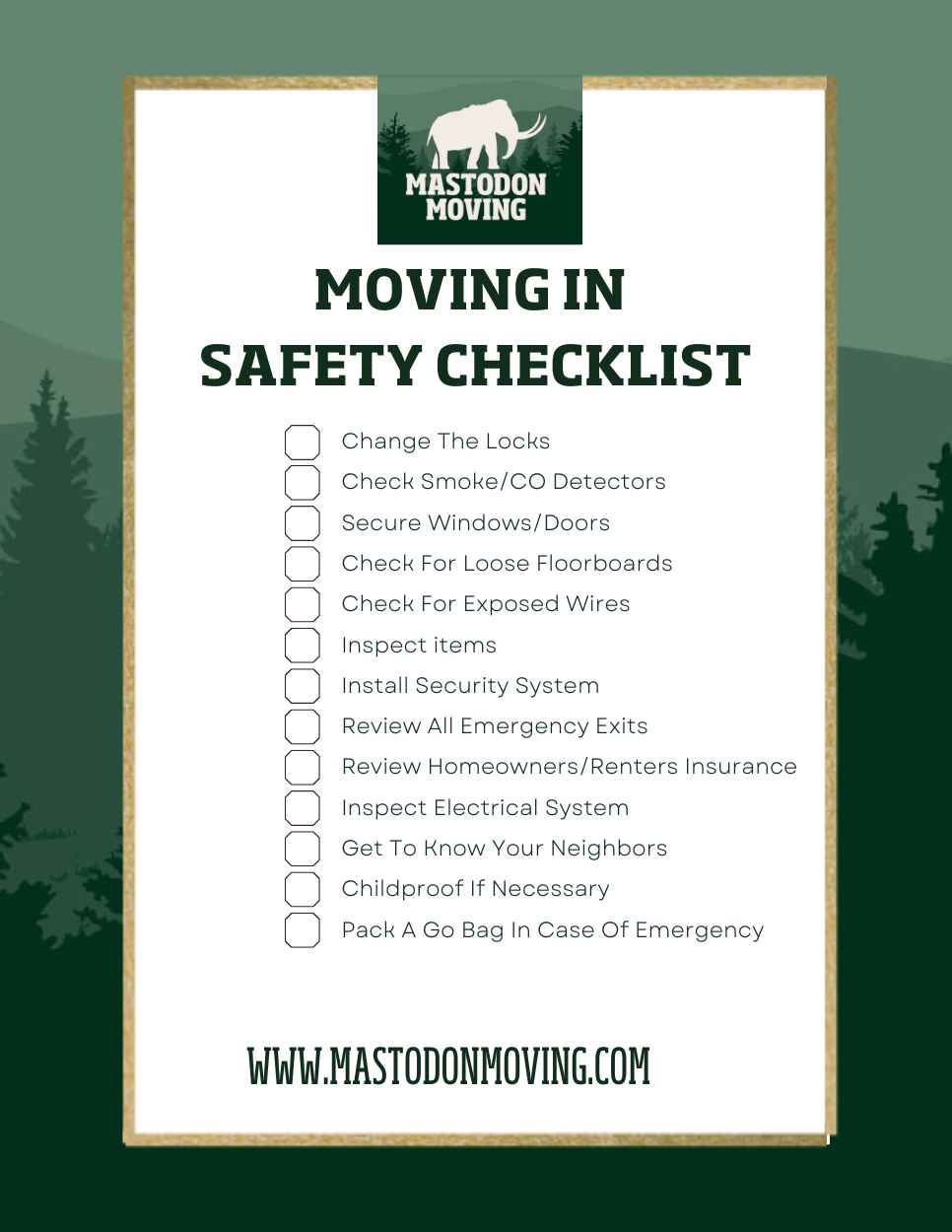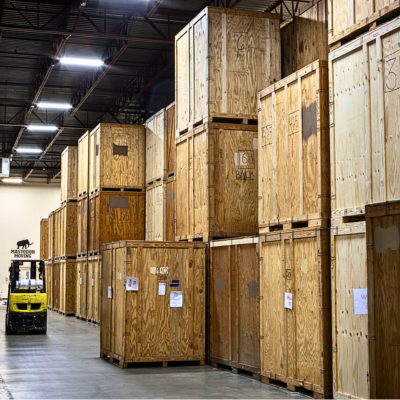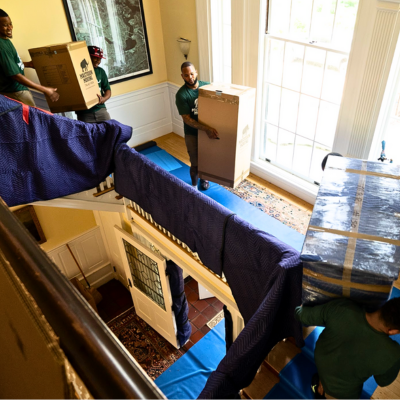Planning an Office Move: A Step-by-Step Guide
Relocating your office is an opportunity for growth, but it can also be a complex process. By creating a well-structured office relocation plan, your company can minimize disruptions and ensure a seamless transition. This guide will walk you through everything you need to know for a successful office move.
Why You Need an Office Relocation Plan
Before considering a new office space, it’s crucial to draft an office relocation plan. This structured approach ensures that every detail—from your lease review to IT setup—is covered, helping you avoid costly mistakes and maintain business operations during the move. Start by getting an office moving quote.
Step-by-Step Office Relocation Guide
Step 1: Review the Current Lease
Begin by reviewing your current commercial lease. Key factors to consider include:
- Early termination penalties.
- Restoration obligations for your current space.
- Security deposit terms and conditions.
Incorporate these details into your relocation plan to avoid unexpected expenses. Reach out to commercial movers in your area to reserve a date as soon as possible.
Step 2: Find a New Office
Identify the must-have features for your new space, such as:
- Proximity to public transit or clients.
- Enhanced facilities like kitchens or meeting rooms.
- Employee preferences for amenities or location.
Collaborate with a leasing agency to find options that fit your budget and requirements.
Step 3: Define the Budget
Establish a comprehensive budget that accounts for:
- Moving company fees.
- IT equipment upgrades.
- Furniture purchases or repairs.
- Permits and regulatory costs.
A well-defined budget will help keep expenses under control.
Step 4: Create an Office Move Timeline
Develop a realistic timeline that includes:
- Packing schedules.
- IT infrastructure setup.
- Furniture installation.
Assign deadlines for each task to keep the project on track. If you need office movers with storage you will need to find a commercial moving company that has a large warehouse.
Step 5: Establish Team Responsibilities
Appoint a project manager to oversee the move. Define team roles, such as:
- Packing personal workspaces.
- Coordinating with movers.
- Setting up technology in the new office.
Clear responsibilities ensure accountability and efficiency.
Step 6: Hire Professional Office Movers
Experienced movers can handle logistical challenges and streamline the process. When choosing a mover, consider:
- Their expertise in office relocations.
- Insurance coverage.
- Availability to meet your timeline.
Request quotes from multiple companies to find the best value.
Step 7: Make a Comprehensive To-Do List
Prepare a detailed checklist that includes:
- Buying packing materials.
- Notifying vendors, clients, and utility providers.
- Updating your company website and business cards with the new address.
- Arranging for service disconnection and reconnection.
Assign tasks to team members to ensure all details are covered.
Step 8: Design an Office Floor Plan
Plan your new office layout to optimize:
- Workflow efficiency.
- Team collaboration.
- Employee comfort.
Assess whether existing furniture fits the new space or requires upgrading.
Step 9: Manage IT Relocation
Coordinate with your IT department to address:
- Data backup and security.
- Equipment transportation and testing.
- Internet and network setup.
Proper planning minimizes downtime and technical issues.
Step 10: Inventory Office Equipment
Create an inventory of all office items. Use a labeling system to:
- Identify where items should go in the new office.
- Include special handling instructions.
Donate or sell outdated equipment to reduce waste.
Step 11: Execute the Move
On moving day:
- Meet with the movers to oversee the process.
- Conduct a final walkthrough of the old office.
- Ensure compliance with lease exit terms.
Step 12: Unpack and Set Up
Unpack equipment and arrange furniture according to the floor plan. Test technology and utilities to confirm functionality.
Step 13: Onboard Employees
Host an orientation to familiarize employees with the new office. Provide access keys, parking passes, and a tour of the facilities.
Step 14: Celebrate Your New Office
Recognize your team’s efforts with an office-warming event. Celebrate the new chapter and foster enthusiasm among employees.
Additional Tips for a Smooth Office Move
- Post-Move Evaluation: Assess the relocation’s success and gather employee feedback.
- Effective Communication: Keep employees informed throughout the process.
- Post-Move Support: Offer assistance to employees adjusting to the new environment.
Partner with Experts for Your Office Move
At Mastodon Movers, we specialize in stress-free office relocation services. With our expertise, your company can enjoy a seamless transition to its new workspace. Contact office movers today to get started.













Recent Comments